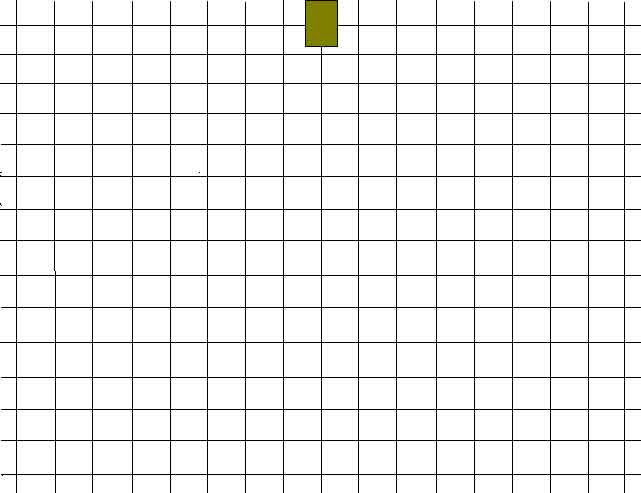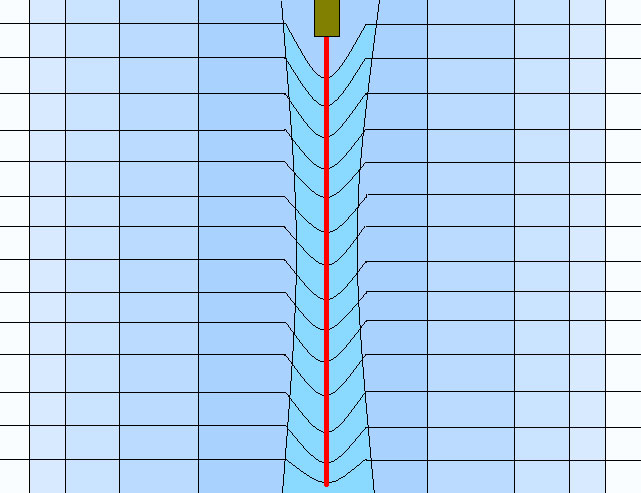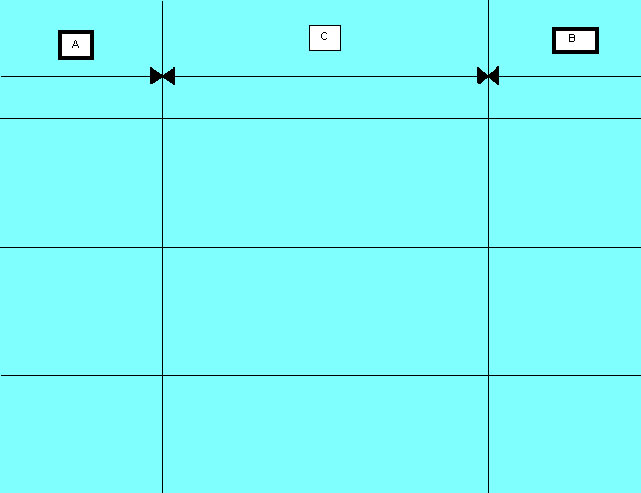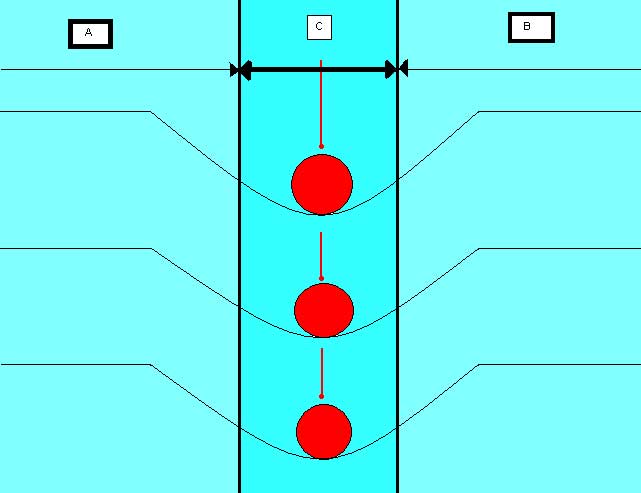SPACE-TIME
FOLLOW UP
In the paper « Space-time experiments » it is reminded that any object speeded up at light speed gets an “infinite” mass, due to the energy supplied to bring its speed-up to the value of (C).
To simplify we can say that any object speeded up at (C) speed gets an “infinite” mass (according to the theory of relativity). A parallel has been drawn between this situation and black holes, also of infinite mass, so as to imagine that two causes, black hole and speeded up mass, could lead to the same effects on the space-time.
Now, if we think of a manned spacecraft quickened at light speed, it will become “de facto” a black hole for any observer. Within the reference system specific to the spacecraft nothing will happen, and this spacecraft will be able to cover great distances.
In the usual theories it is interesting to note that, too often, the dynamic side of the demonstration (spacecraft and pilot) is the only taken into consideration.
The question is whether the effects can also be felt by an observer (static) ?
Let us imagine for a while that there are two observers, not too far from each other; this spacecraft quickened at (C) speed, and therefore of “infinite” mass, passes between these two observers.
As a result, the two observers should get closer to each other on one dimension; thus, the initial distance between them (space-time) should be shortened.
Then, when the spacecraft has gone, they should go back to their initial position, the space regaining its shape.
For instance, and in a completely different field, we can think of two observers on the roadside, one on each side and facing each other and a high-speed truck passes between them. We will note that the two observers are “sucked” and drawn closer each other when the truck passes by; then they go back to their position once the truck has gone. Of course, it is a suction due to air, but it exemplifies our previous comments.
Until then, we have used a macroscopic object (spacecraft) in our demonstration; now, what about a microscopic object (ray) composed of particles moving at (C) speed ?
There is a non insignificant possibility that particles beam passing between the two observers leads to a result similar to the one caused by the above-mentioned spacecraft.
The explanation could lie in the fact that all particles of the beam perform like as many black holes, and alter on their way the space-time values.
Therefore, there is a strong likelihood that, under some conditions, a static observer can see his space-time varying and being bent, which would allow, one day, a spatiotemporal transfer, without being speeded up in no way.
In the following drawings the spacecraft is replaced with particles quickened at (C) speed. We can see the space stretching in the A-B section, as well as the space compression in C zone, around a continuous beam of particles quickened at (C) speed.
This page is devoted to the attractive feature of objects (microscopic or macroscopic) quickened at (C) speed, and not to the objects themselves.
In fact, if in the paradox of Langevin’s twins the pilot moving at (C) speed can differentiate himself from an observer at rest, in this paper we try to have this idea shared that an observer can be not as neutral as we may think when an object speeded up at (C) speed passes near by.
There will be a follow-up to this paper, depending on a patent registration; it should be published only in a while.
(space) source of particles off |

(space) source on |

Detail (space) source off |

Detail (space) source on |

Bastita Bernard. le 1er mai 2006